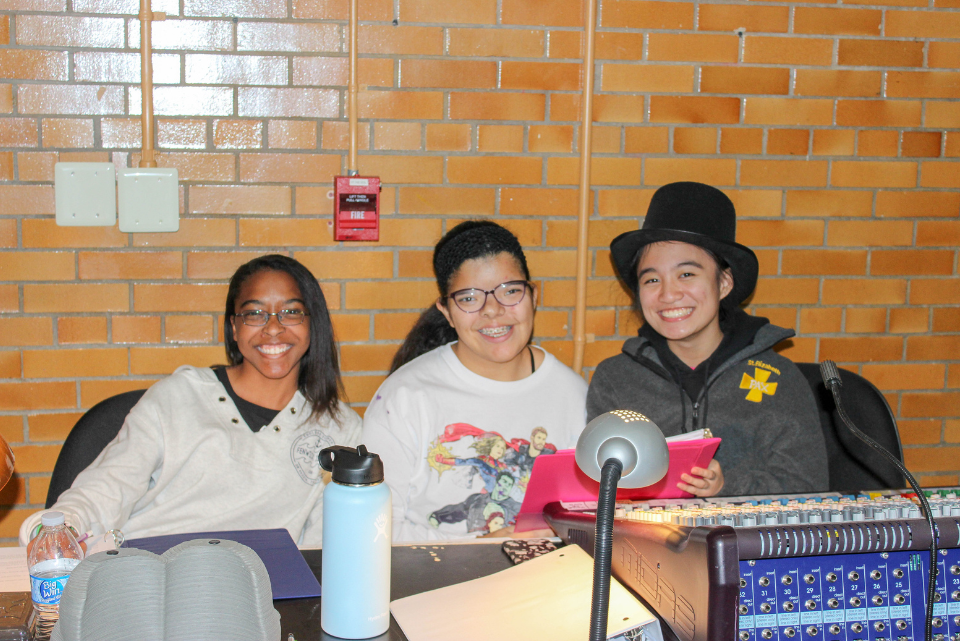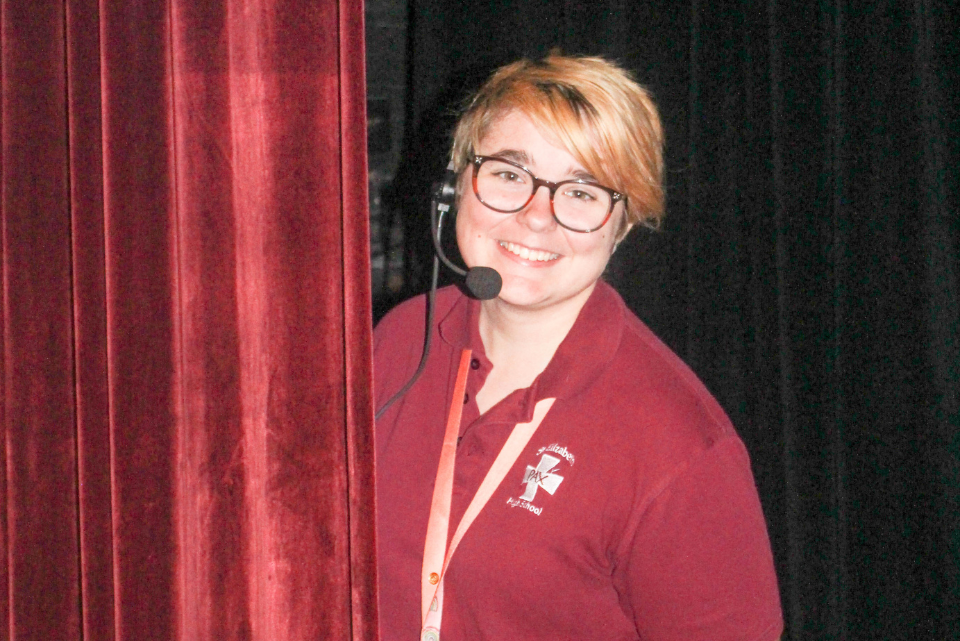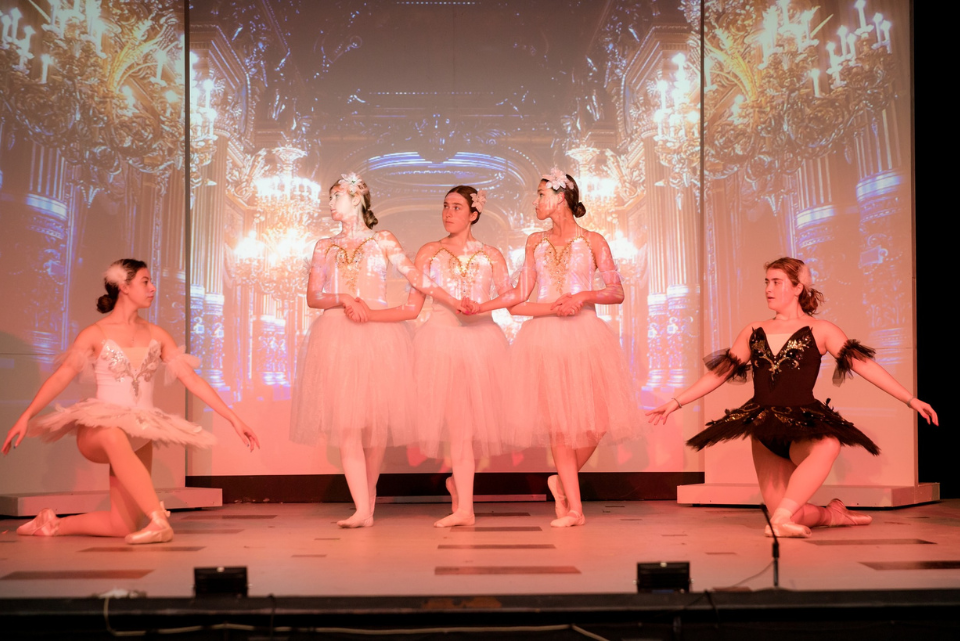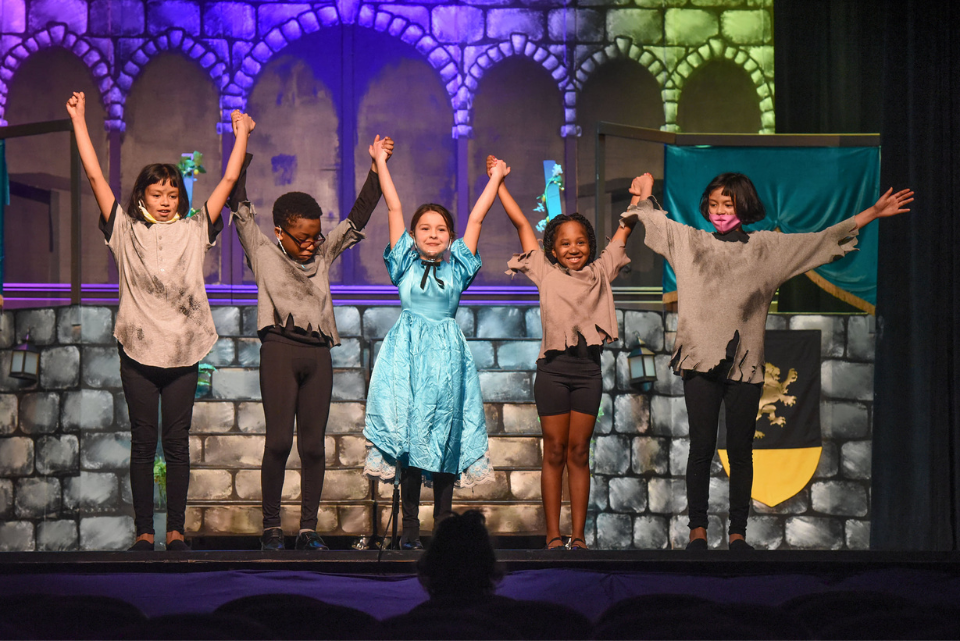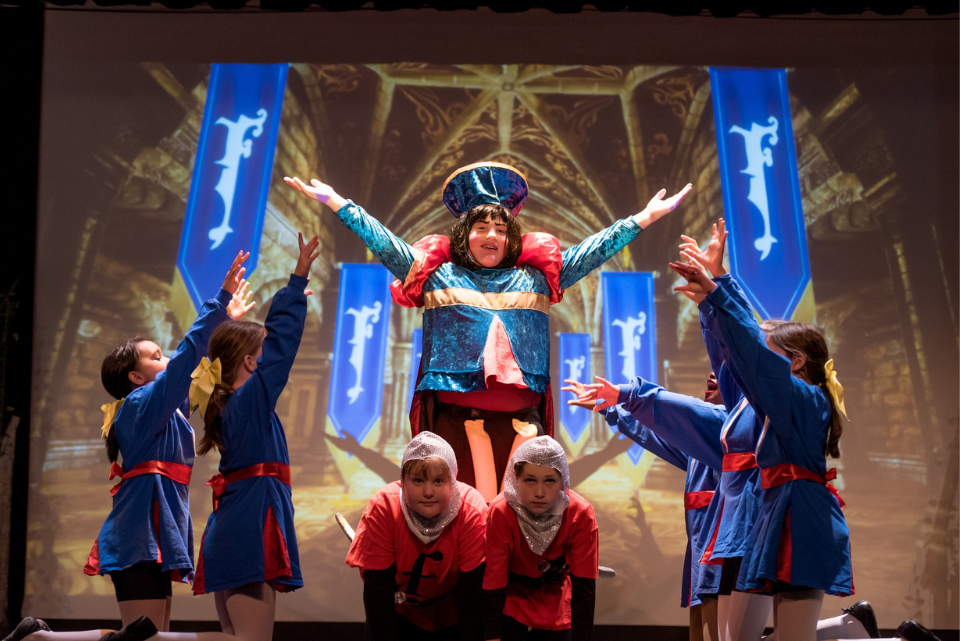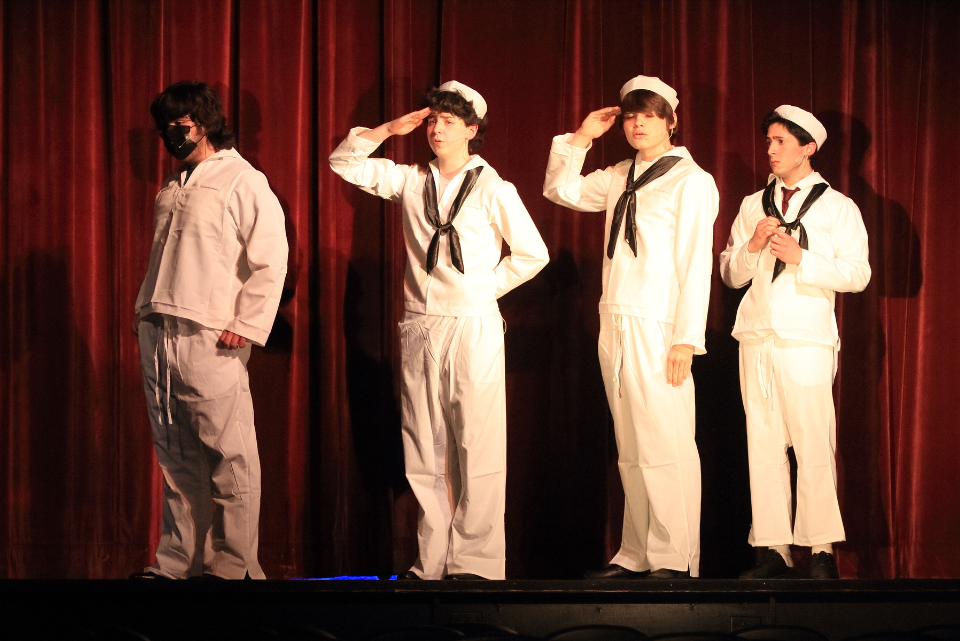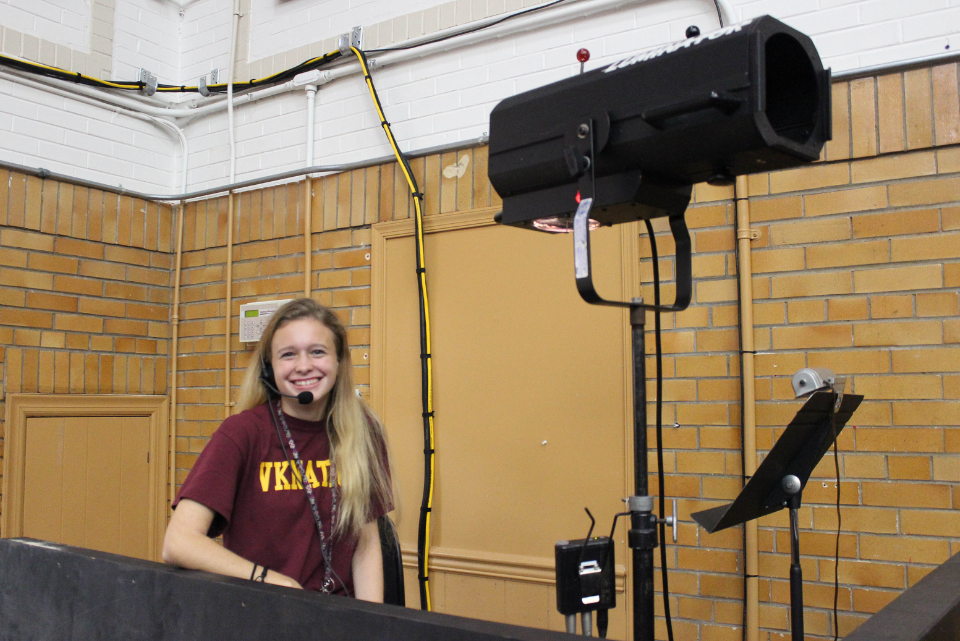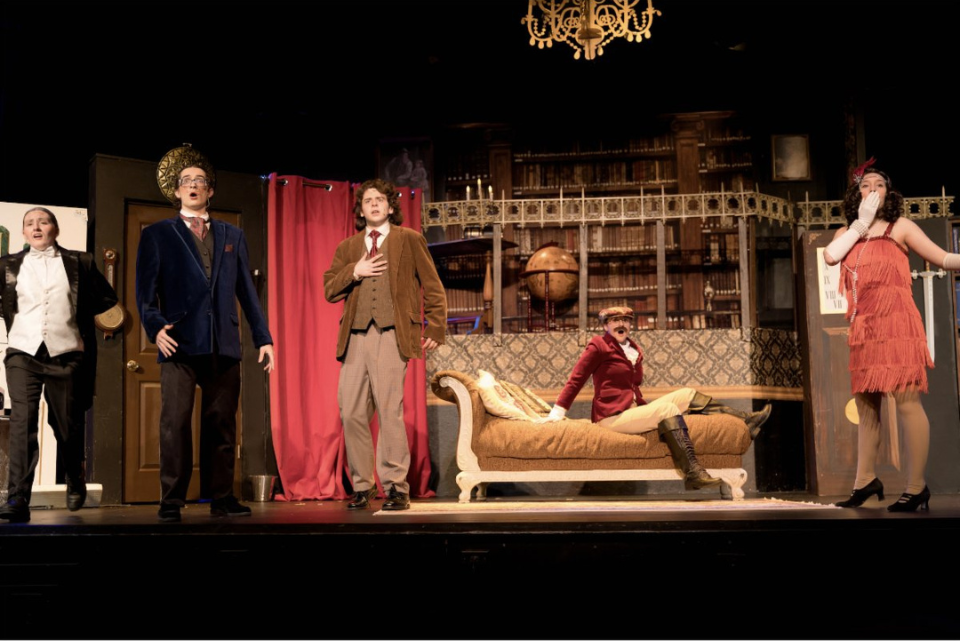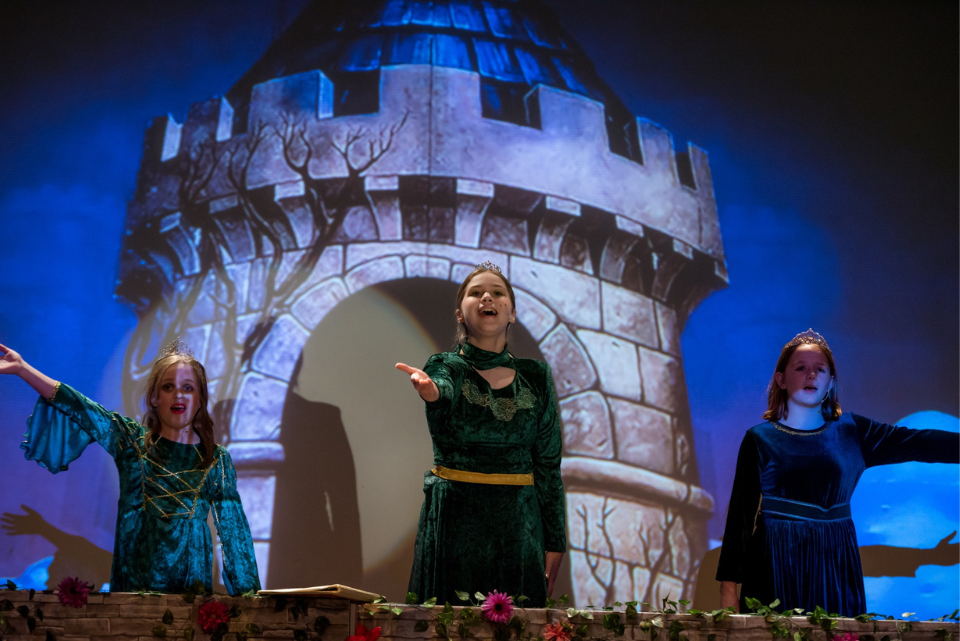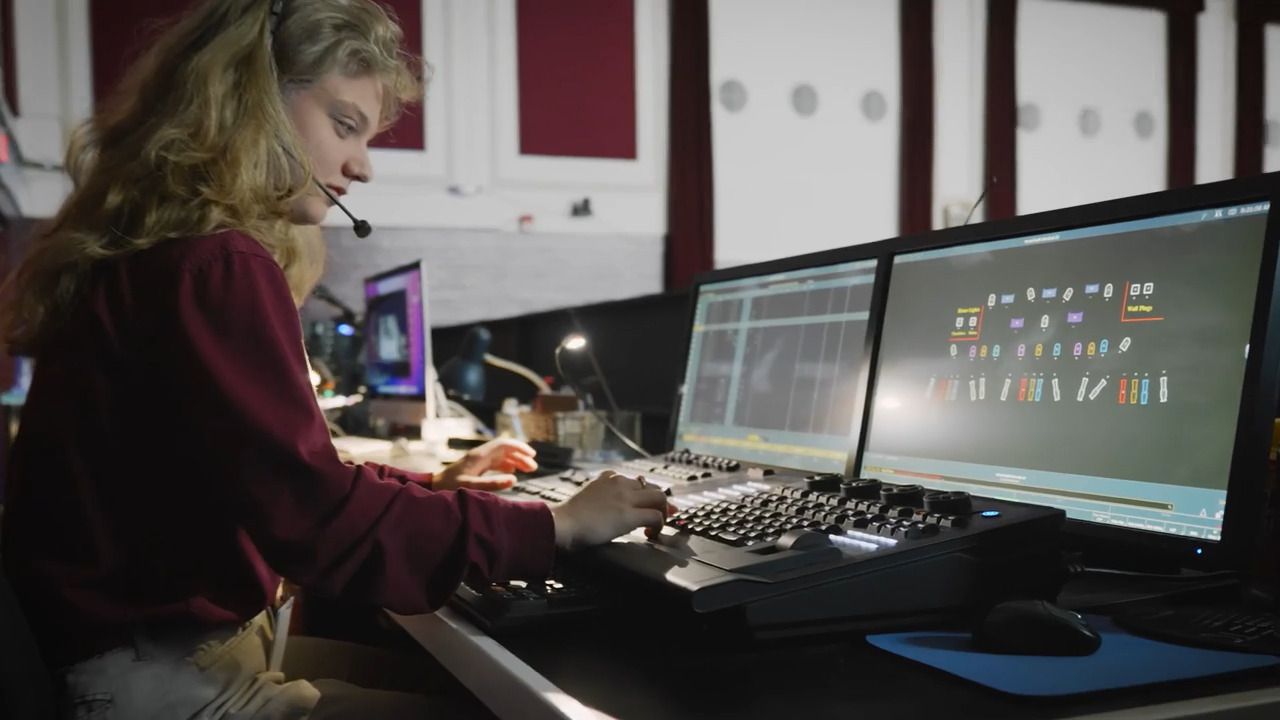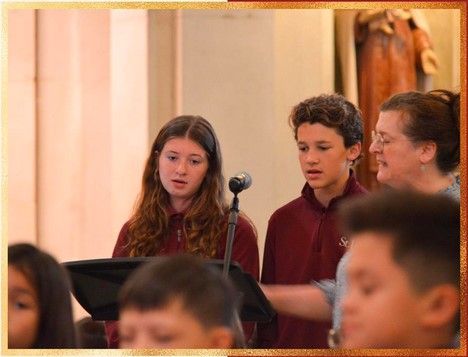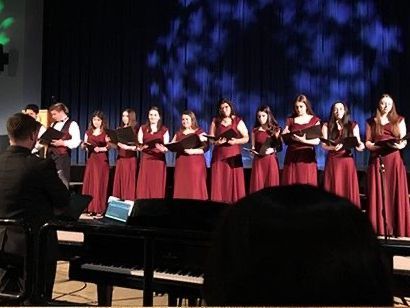Culturally Rich, Diverse, & Inclusive Community
The performing arts: truth, beauty & goodness
A Deep & Enduring Place within Catholic Tradition
The Performing Arts have a deep and enduring place within Catholic tradition — not as an “extra” to education, but as an integral way the Church has expressed truth, beauty, and goodness across centuries.
From the earliest days of the Church, music, drama, and visual storytelling were used to evangelize, catechize, and inspire. Gregorian chant lifted Scripture to prayer. Sacred drama in medieval Europe brought biblical stories to life for the faithful, many of whom could not read. Great Catholic composers, from Palestrina to Mozart, wrote works intended not just for performance, but for worship. Stained glass windows, pageantry, and liturgical movement engaged the senses so that faith could be experienced, not just studied.
In our Catholic school setting, the Viking Performing Arts program draws from this heritage by:
- Connecting creativity to faith — Students learn that their artistic gifts are part of God’s creation, to be cultivated and shared in service of others.
- Honoring beauty as a path to God — Pope Benedict XVI often taught that beauty draws the heart toward the divine; the arts help students encounter that beauty in a tangible way.
- Continuing a living tradition — Catholic culture has always valued the power of the arts to proclaim the Gospel and build community. Student choirs, plays, and art exhibitions echo centuries of Church life.
- Forming the whole person — Just as the Catholic intellectual tradition forms the mind, the performing arts form discipline, empathy, teamwork, and an appreciation for truth told through beauty.
At St. Elizabeth School, performing arts are not simply extracurricular—they are a continuation of the Church’s mission to glorify God through human creativity, cultivating young people who see their talents as part of their vocation.
Explore
I am very proud to have been apart of the continuously flourishing program at St. Elizabeth School.
-Abigale Townsend '21 (Studying Theater at DeSales University)
Music Education
A Channel for Personal Expression through Participation
In the Catholic tradition, music is a sacred art with a unique role in worship, education, and community life. The Church teaches that sacred music “adds delight to prayer, fosters unity of minds, and confers greater solemnity upon the sacred rites” (Sacrosanctum Concilium, 112). This means a Catholic school music teacher is not only an instructor but also a catechist through the arts, helping students experience the richness of the Church’s musical heritage while nurturing their personal talents. At St. Elizabeth, the partnership between the parish music director and the school's performing arts director is the living example of this duality of instruction.
Key aspects of teaching music in St. E include:
- Liturgical Connection — Students learn hymns, psalms, and service music that deepen their participation in the Mass and other celebrations.
- Catholic Musical Heritage — Introducing Gregorian chant, polyphony, and sacred compositions alongside modern liturgical music.
- Integration with Faith Formation — Connecting music lessons to Scripture, the liturgical calendar, and the lives of saints who were musicians or patrons of the arts (e.g., St. Cecilia).
- Holistic Education — Encouraging discipline, creativity, collaboration, and joy — all seen as ways to glorify God with one’s gifts.
- Community Engagement — Using concerts, school plays, and parish events as opportunities for evangelization and building school spirit.
We believe music education helps students see that music is both an art form and a form of prayer, shaping their understanding of beauty, service, and worship for life.
